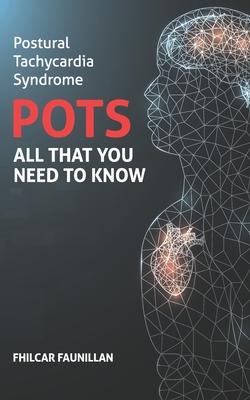Have you ever experienced an abnormal increase in heart rate when changing from a supine position to an upright position? Well, this is one of the key symptoms of a condition known as Postural Orthostatic Tachycardia Syndrome or POTS. Those afflicted with this syndrome usually have a higher heart rate when they try to stand up from a supine position. They may also experience other symptoms including dizziness, fainting, poor vision, sleep problems, headaches, and chest pain. This book is a detailed guide to help you learn more about the condition.
The first chapter of the book provides general information about the syndrome including the origins of the term POTS, the major symptoms, and its prevalence. The available data shows that millions of people around the world experience the symptoms of POTS.
In the second chapter of the book, you will learn more about the different symptoms experienced by POTS patients. These symptoms may vary from one person to another. You will also find useful information about the known triggers of POTS.
Chapter 3 talks about the causes of POTS and the major types of the syndrome. The two major forms of POTS are primary POTS and secondary (hyperadrenergic) POTS. Other types of POTS described in this chapter are Hypovolemic and Neuropathic POTS.
In chapter 4, you will learn about the various tests used by doctors and specialists to perform an accurate diagnosis of POTS. There are several options but it would depend on what the doctor wants to test. Once a proper diagnosis is done, the next step is to manage and treat the condition. This includes making lifestyle changes and taking certain medications as discussed in chapter 5. Doctors can choose from a wide range of treatment options depending on the symptoms they want to alleviate. Chapter 6 is the last chapter of the book and it's all about prognosis.
So what are you waiting for? Get a copy of this book NOW to know more about Postural Orthostatic Tachycardia Syndrome!
